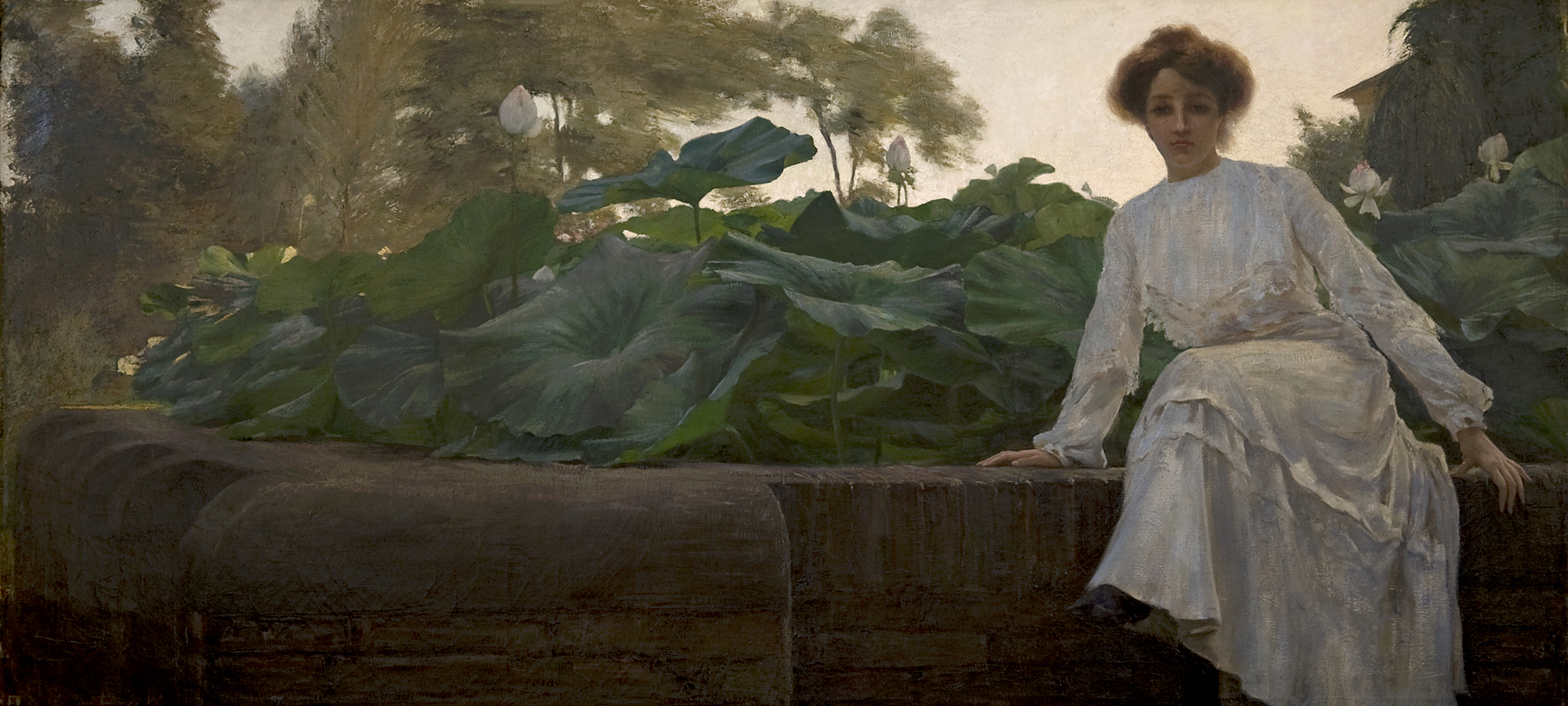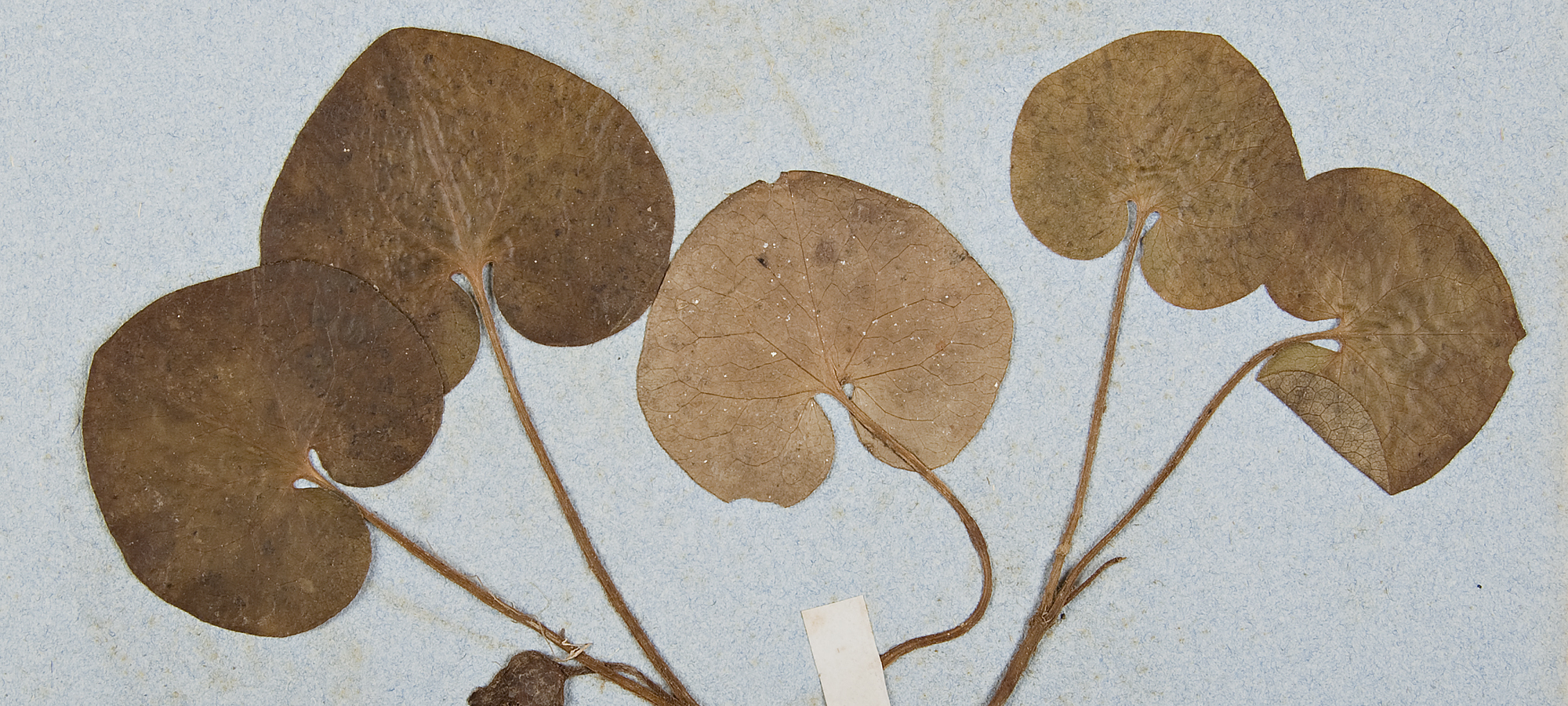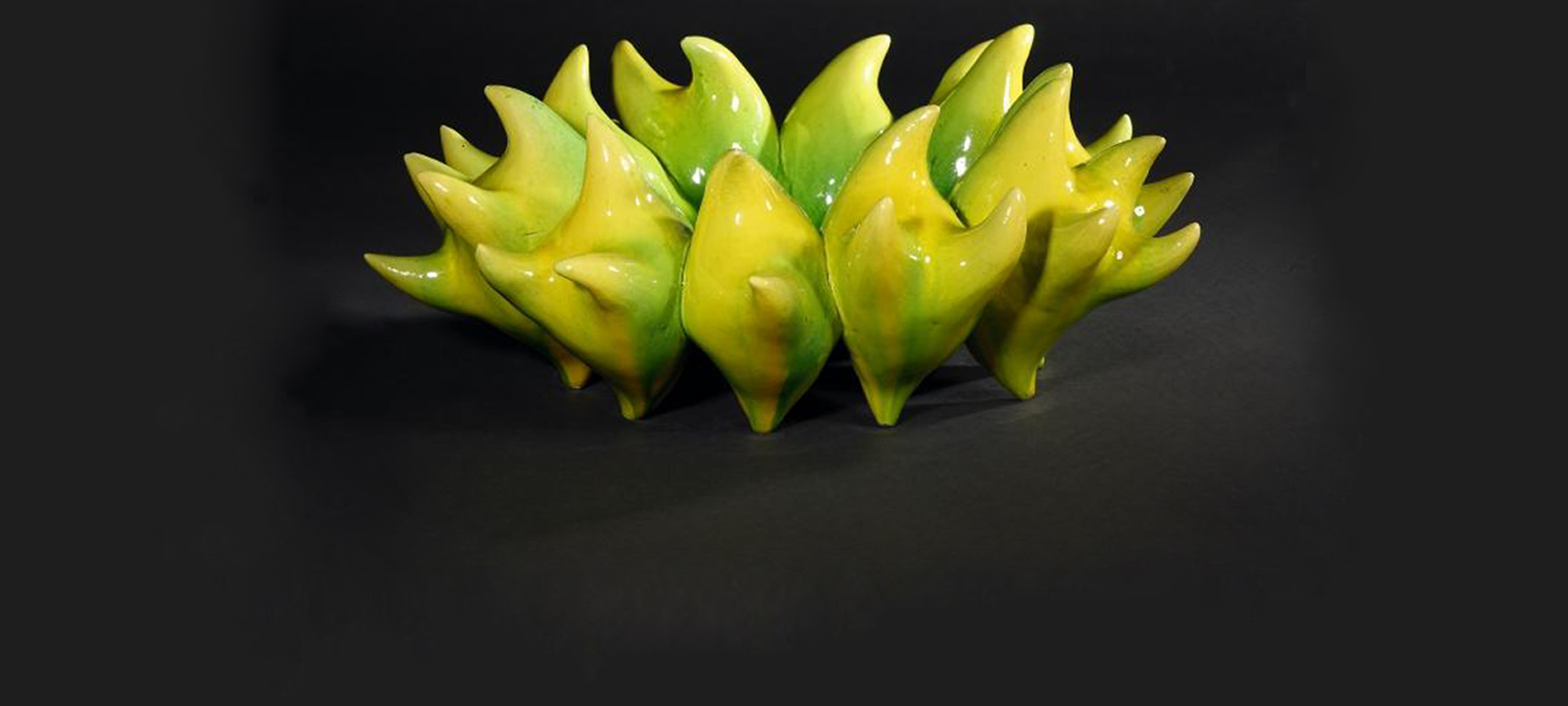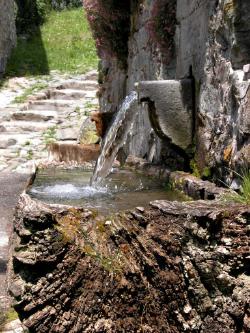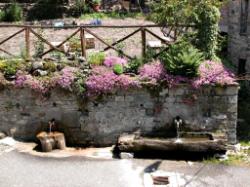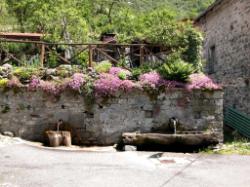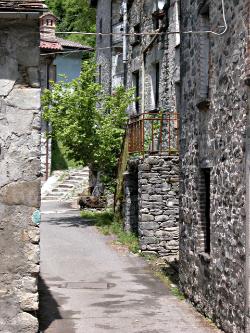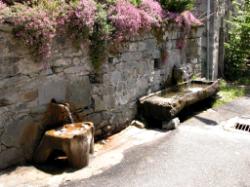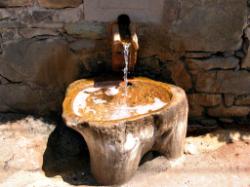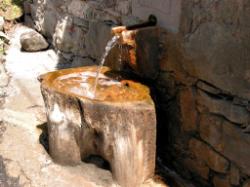Sorgenti termali di Salsominore
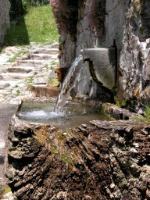
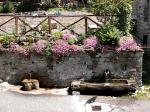
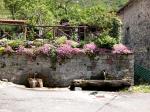

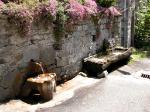
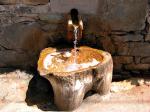
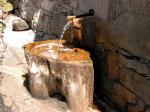
Ferriere (PC)
Da tempo immemorabile queste acque sono sfruttate per ricavarne sale per uso alimentare: se ne hanno testimonianze fin dal IX secolo. Lo sviluppo di questa pratica non è però mai avvenuto su larga scala, data la presenza delle più note e accessibili saline di Salsomaggiore. Tuttavia l’attività ebbe un notevole fervore durante la seconda guerra mondiale, quando il sale scarseggiava o addirittura era introvabile in commercio. Gli abitanti del lungo, come del resto altri nelle vicinanze, che per tradizione conoscevano la tecnica di estrazione, si ingegnarono con gli scarsi mezzi allora disponibili, a sfruttare questa risorsa. Organizzarono così una sorta di salina, dove misero ad evaporare le acque in grosse caldaie, ottenendo sale puro in percentuale di 10 kg ogni 100 di acqua evaporata. Le acque, inoltre, erano usate dai contadini anche a scopo terapeutico e tuttora sono note le loro proprietà lassative. In Val d'Aveto sono note altre sorgenti salate, anch'esse utilizzate in tempo di guerra per estrarvi sale da cucina. Le più note erano conosciute col nome di Fonti Confiente, oggi purtroppo semidisperse. Queste acque, alquanto abbondanti, erano ancora visibili fino a pochi anni addietro lungo il corso dell'Aveto, dove tuttora esistono i pochi ruderi dell'edificio utilizzato come salina, travolto recentemente da una grossa piena che ha ricoperto la polla di detriti e sassi.
Salsominore, incorniciato da uno splendido paesaggio montano, è caratterizzato dalle tipiche case in pietra, dalle strutture antiche, che nonostante i molti secoli di vita ancora resistono al tempo. Molte di esse sono ancora perfettamente conservate, anche se non più abitate. E’ nella suggestiva piazzetta, dove si rivive l'atmosfera di un tempo, che si incontrano le due fontane, che rinnovano la memoria di quello che fu un tempo un luogo prezioso per gli abitanti di quelle vallate.
Bobbio è la capitale amministrativa della Valtrebbia, nell'Appennino tra le regioni della Liguria e dell'Emilia. Abitato in epoca preistorica, nel corso dei secoli Bobbio ha ospitato i Liguri, i Galli e i Romani. Nel tardo medioevo Bobbio si ingrandì con la costruzione del complesso monastico di S. Colombano. Fu costruito leggermente a monte dell'attuale complesso monastico, dove si trova oggi il castello, attorno alla “Basilica di S. Petri ”.
Insieme a Montecassino, Bobbio fu un importante centro culturale nel medioevo. Era rinomato per le sue scuole, lo "scriptorium" e la famosa biblioteca. L'insediamento cadde in rovina all'inizio del XII secolo, dopo che era stato spostato in un'area più in basso, circa due secoli prima. Sebbene non sia possibile una chiara ricostruzione sembra evidente che nel Medioevo si sviluppò un insediamento abitativo relativamente grande, con gruppi di edifici di forma irregolare divisi in trame lunghe e strette seguendo i modelli del tempo. Verso la fine del XII secolo, il villaggio, che già nel 1014 era diventato sede vescovile e successivamente contea, era circondato da mura con cinque porte; nel XIV divenne dominio della famiglia Visconti e fu poi di proprietà dello stato milanese fino al 1748, quando l'area dell'Oltrepò Pavese fu annessa allo stato sabaudo. Di pertinenza di Genova fino al 1859, con la costruzione del Regno d'Italia passò alla provincia di Pavia, dove rimase fino al 1923. Monumenti interessanti includono l'Abbazia di San Colombano, con i suoi numerosi affreschi e mosaici e il suo museo annesso, e il pittoresco Ponte Vecchio, chiamato anche Gobbo o del Diavolo, che risale al 1440 e presenta opere di restauro del XVI secolo, tra cui 11 archi disuguali. Seguendo i vicoli del caratteristico centro storico si giunge al castello Malaspina, costruito da Corradino Malaspina nel XIV secolo.
From time immemorial this water has been used to obtain table salt, as evidence states back in the IX century. This practice, though, was never developed on a large scale, due to the presence of the salt pans of Salsomaggiore, which are better known and more accessible. However, this business thrived during the Second World War, when salt became scarce and was even impossible to find. The local inhabitants, who traditionally knew the extraction technique, did their best to exploit this resource with the limited tools at their disposal in those days. They organized a sort of salt factory where water was evaporated in large vats. Ten kilos of pure salt was extracted from every100 kilos of evaporated water. The water was also used by farmers for therapeutic purposes and its laxative properties are still well known today. More salty springs can be found in Val d'Aveto; these were also used in times of war to extract table salt. The most famous springs were known by the name of Fonti Confiente, today unfortunately almost abandoned. This rather abundant water was still visible a few years ago along the River Aveto, where these days a few remains of the building used as a salt pan can be found. These were recently swollen by a flood that covered the spring with debris and rocks.
Salsominore, set in the middle of a magnificent hilly landscape, still has the typical century-old stone houses with ancient layouts that have survived the tests of time. Most of them, though no longer inhabited, are still perfectly preserved. The small charming square that evokes an ancient atmosphere hosts two fountains. These bring back memories of what was once was a special place for the inhabitants of these valleys.
A few kilometres away is Bobbio, a centre with many artistic attractions and monuments.
Bobbio is the administrative capital of Valtrebbia, in the Apennines between the regions of Liguria and Emilia. Inhabited in prehistoric times, throughout the centuries Bobbio has been home to the Ligurians, the Gauls and the Romans. In late medieval times Bobbio grew in size with the construction of the monastic complex of S. Colombano. It was built slightly upstream from the present monastery complex where the castle stands today, around the “Basilica S. Petri”. Together with Montecassino, it was an important cultural centre in early medieval times. It was renowned for its schools, the “scriptorium” and the famous library which these days, unfortunately has been split up. The settlement fell into decay at the beginning of the XII century, after the it had been moved to a lower area about two centuries earlier. Although this new plan cannot be rebuilt due to the subsequent transformations made, it seems clear that in the Middle Ages a relatively large inhabited settlement developed around it, with irregularly shaped clusters of buildings divided into long and narrow plots following the standards of those days. Towards the end of the XII century, the village, which already in 1014 had become a bishop’s seat and subsequently a county, was encircled by walls with five gates; in the XIV century it was transferred to the Visconti family and was then owned by the Milanese state until 1748, when the Oltrepò Pavese area was annexed to the Savoy state. Part of Genoa until 1859, with the construction of the Kingdom of Italy it passed to the province of Pavia, where it remained until 1923. Interesting monuments include the Abbey of San Colombano, with its numerous frescos and mosaics and its annexed museum, and the picturesque Old Bridge, also called Gobbo (hunchback) or del Diavolo (of the devil), which dates back to 1440 and features XVI century restoration works, including 11 unequal arches. Following the alleys of the characteristic old town one reaches the Malaspina castle, built by Corradino Malaspina in the XIV century.


